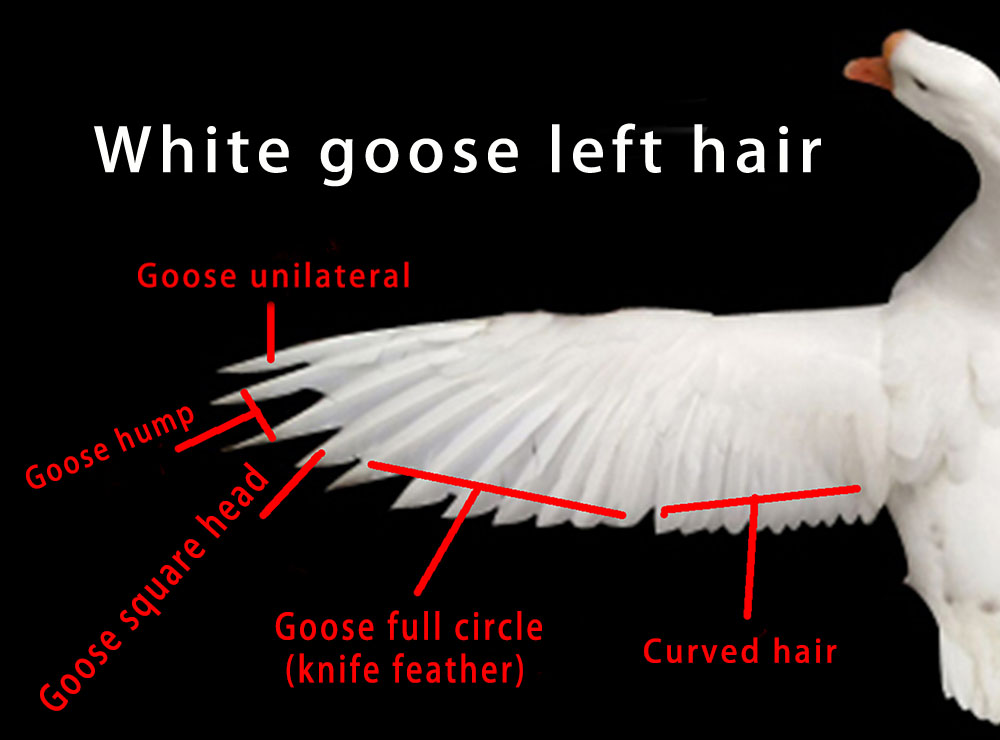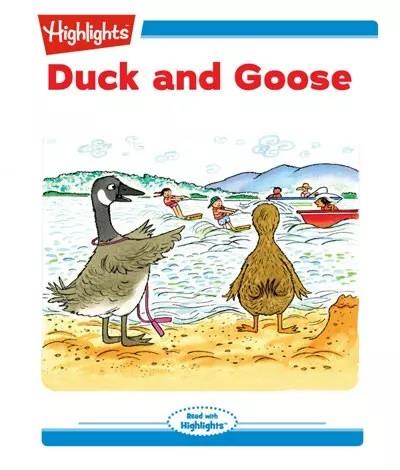Title: The Debate of Duck Feather vs. Goose Feather in Duvets
The debate of duck feather vs. goose feather in Duvets has been ongoing for years. Both types of feather have their own unique qualities and characteristics, making it difficult to determine which one is superior. Duck feather is known for its softness and warmth, while goose feather is renowned for its durability and resilience. Duvets filled with duck feather provide a lightweight and comfortable sleeping experience, while those filled with goose feather offer a more robust and protective sleeping environment. The choice of feather in Duvets ultimately depends on personal preference and budget.
The duvet, also known as a feather bed or a down comforter, is a popular type of bedding that provides warmth and comfort. It is filled with either duck or goose feathers, or a combination of both, and is often used to replace traditional quilts or blankets. In this article, we explore the advantages and disadvantages of both duck feather and goose feather duvets to help you decide which one is best for you.

Duck Feather Duvets
Duck feather duvets are usually made from the feathers of ducks, which are commonly farmed for their meat and then processed to make their feathers suitable for use in bedding. Duck feather duvets are often touted as being more affordable and often have a lower profile than their goose feather counterparts. They also provide a good level of warmth and are often used in spring and autumn when the temperatures are more moderate.
However, some people find that duck feather duvets can have a more pronounced “feathery” smell that can take longer to dissipate than with goose feather duvets. Additionally, if the duck feathers are not processed correctly, they can also feel scratchy or even cause allergic reactions in some people.
Goose Feather Duvets
Goose feather duvets, on the other hand, are made from the feathers of geese. Geese are known for their large, soft-textured feathers that provide excellent warmth and insulation. Goose feather duvets are often associated with luxury and high-end bedding collections due to their premium quality and performance. They are also often chosen by people who suffer from allergies or sensitivities to feathers, as the goose feather duvets are often processed to remove impurities and allergens.

However, goose feather duvets can also have their own set of drawbacks. They are often more expensive than duck feather duvets, and their high profile can make them less suitable for use in warmer weather or when less warmth is needed. Additionally, some people find that the goose feather duvets can have a more pronounced “downy” smell that can be difficult to mask with regular laundering.
Conclusion
Ultimately, the choice between duck feather and goose feather duvets comes down to your personal preferences and needs. If you are looking for an affordable and moderately warm duvet that can be used in spring or autumn, then a duck feather duvet may be a good choice for you. However, if you are looking for a luxurious and high-performance duvet that provides excellent warmth and insulation, then a goose feather duvet may be a better option. Additionally, if you suffer from allergies or sensitivities to feathers, then a goose feather duvet may be the best choice as it is often processed to remove impurities and allergens.
In conclusion, both duck feather and goose feather duvets have their own advantages and disadvantages. The best way to make a decision is to explore your options and find the one that best suits your needs and preferences.
Articles related to the knowledge points of this article:
The Cost of Processing Goose Down in Rugao Per Pound
How to deal with a lump in a down blanket?
Which One Keeps You Warmer: Duvet or Comforter?
50% and 95% Down Feathers in Quilt: A Comparative Review



